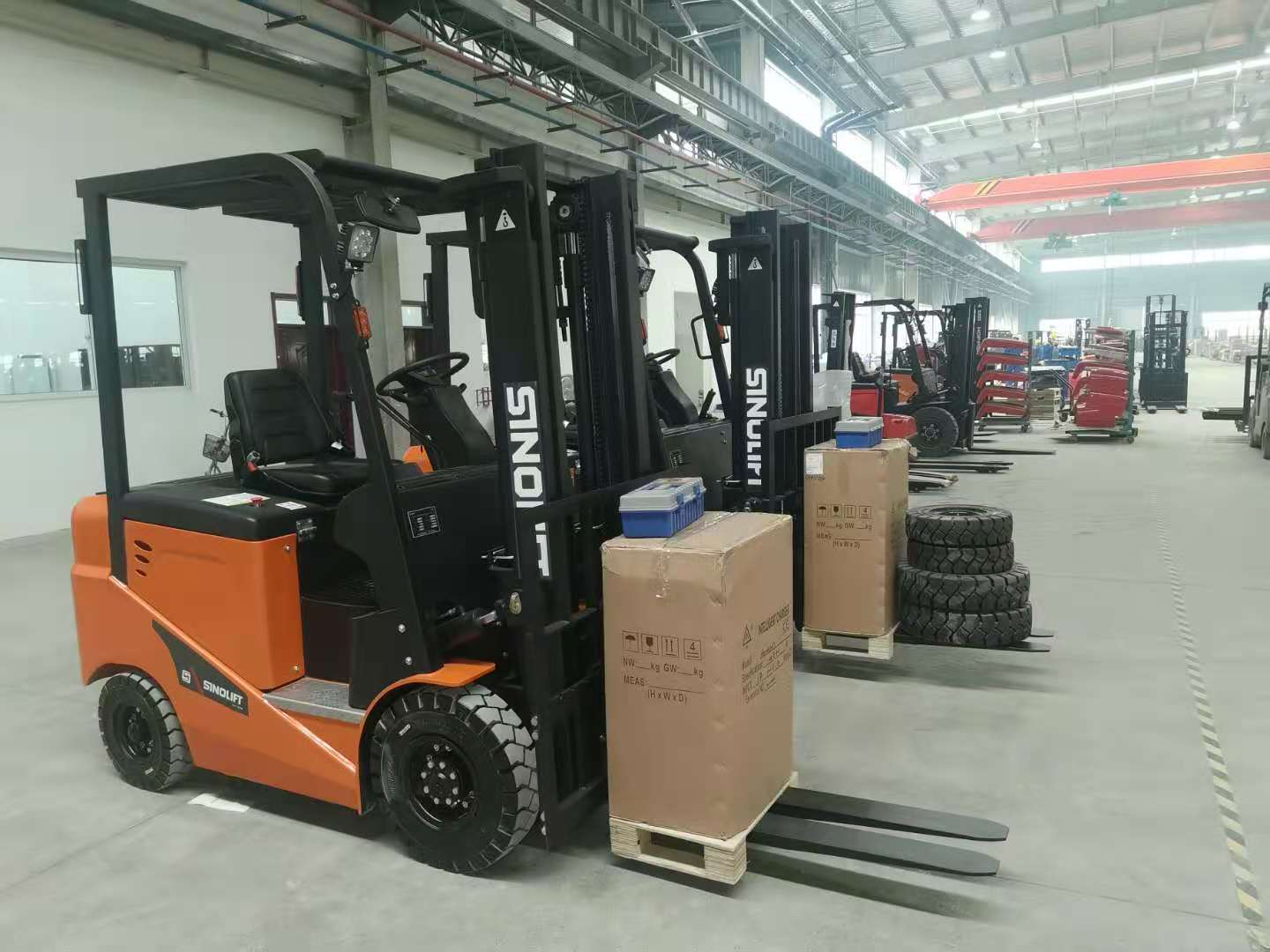Safely operating a powered industrial truck, or forklift, requires the driver to be cognizant of the how much weight is loaded on the forks. Each machine has a load capacity rating that limits the amount of weight the forklift can carry, which often changes depending on the size, shape and position of the load on the forks. However, these measurements can be made in the field through simple calculations.
Consider the size, shape, position and weight distribution of the load to determine if the machine can make the lift. Forklift manufacturers frequently calculate load capacity by measuring with an evenly distributed, square object at a 24-inch horizontal distance from the mast. However, the majority of loads are not palletized squares or cubes, and the size or shape of the load may reduce the capacity. If the machine becomes overloaded, it could tip over, raise the rear wheels and affect steering control or cause the load to fall off the forks, resulting in property damage, injury or even death.

Prevent exceeding the machine’s load capacity by always reading the instructions on the forklift data plate or nameplate. Minimize the load distance from the front wheels to the load center by placing the load close to the front wheels. The U.S. Department of Labor’s Occupational Safety and Health Administration (OSHA) also recommends arranging the heaviest part of the load closest to the mast.
Estimate the lifting capacity through field calculations if the manufacturer’s instructions are not available. To do so, measure the center of the load, which may be different than the forklift’s designated 24-inch load center due to the size and shape of the load. When this measurement is exceeded, then the capacity is reduced. To determine if it has been reduced, OSHA advises to divide the rated load center by the actual load center, then multiply this number by the stated capacity to receive the new approximate load capacity.
Calculate a maximum allowable load moment if a load is longer than 48 inches to determine if the load can be moved safely, and when the load center decreases, the load moment increases. The load moment determines how much overturning force is applied to the machine, which can be measured by multiplying the load’s weight by its distance. In one example provided by OSHA, a forklift with a 3,000-lbs. capacity at a 24-inch load center means the load moment cannot exceed 72,000 inch-pounds, which is determined by multiplying 24 inches by 3,000 lbs. However, if the load center is 30 inches, then the capacity is reduced to 2,400 lbs.






